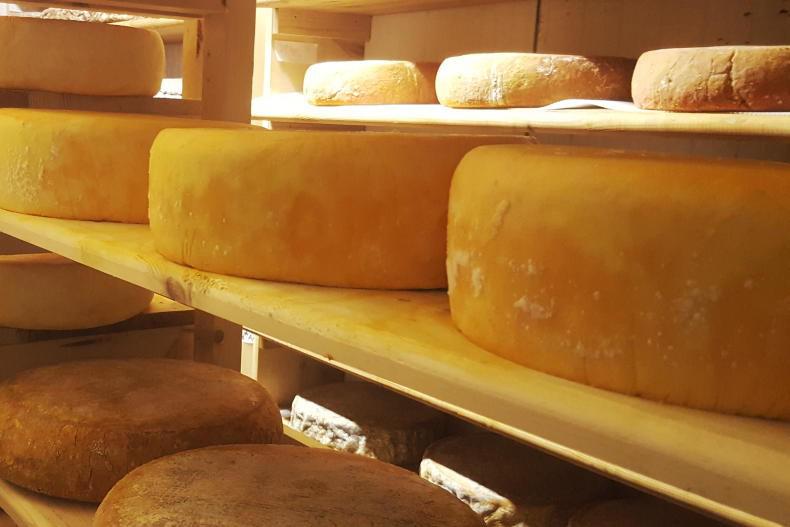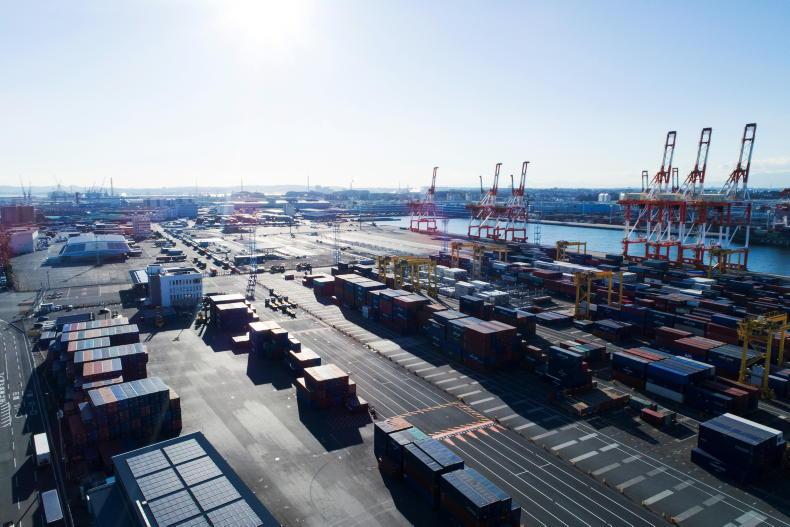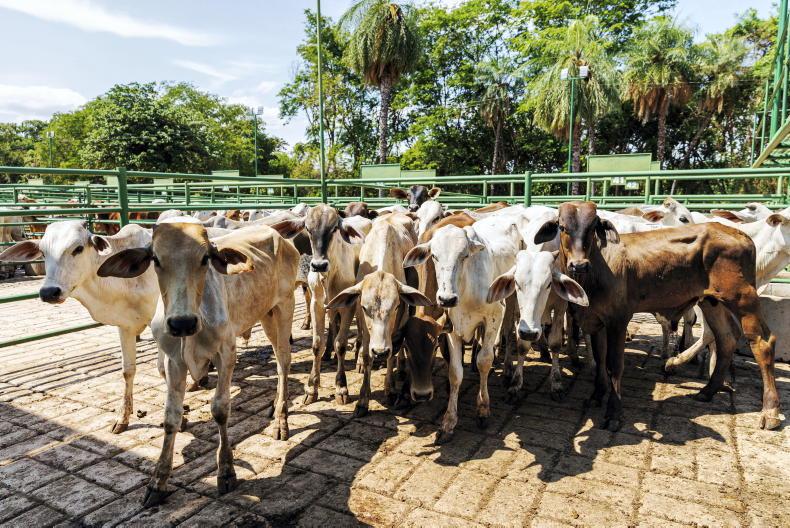There is considerable personal admiration for Trump online in China. He is seen as the man who survived an assassination attempt, continued to fight and never gives up.
He is seen as the man who has against the odds, now achieved unparalleled power in the most powerful country in the world.
While the admiration may well be related to people looking for motivation in their own lives and careers, in decision-making circles, there is a fair amount of trepidation about Trump’s love of tariffs and zero-sum view of world trade.
For government and for agribusinesses, they are assessing the next steps with care and caution as markets brace themselves for the far-reaching effects of Trump’s trade policies.
China increasingly views the world as bipolar and will utilise the Trump presidency to further develop its own sphere of influence and will certainly look opportunistically to take advantage of the isolationist and transactional nature of Trump.
Europe will be a key battleground in this regard.
Deleveraging
Europe is a far more important market for Chinese strategic exports than the United States.
The deleveraging between the two markets has already been accelerated during Trump’s first presidency and is only going to continue.
Take commodities as an example. China, as the biggest buyer of global commodities such as soy and corn has been actively cultivating trade relations with South American powerhouses, that now make up a significant portion of China’s massive imports.
In 2023, Brazil accounted for 47% of the corn imports, reducing the US portion to 26%.
Indeed, recently the China National Cereals, Oils and Foodstuffs (COFCO) company projected that Chinese soy imports will be down 10% year on year.
If the trend is leaning towards South American imports, and the increasing maturity of Chinese soy replacement technologies, it is a sign of major challenges.
Indeed, the world of Trump’s tariffs and an overall huge oversupply of these crops projected into 2025 spells hard times for commodity farmers in 2025.
For Chinese farmers, whatever potential price decreases might occur due to the oversupply are likely to be erased by the strong dollar and it’s likely that higher feed costs will still cause further profitability challenges for farmers.
Yet there are some positive signs here in China.
The Chinese economy is showing some signs of recovery.
Indeed, Goldman Sachs economists upgraded forecasts of growth due to recent government stimulus methods.
Lost a sheep
Not everyone is convinced, The Economist magazine argues that the stimulus methods do not go far enough to increase demand and are likely to be insufficient to weather further shocks in 2025. I had a bet with one of my customers on the outcome of the American election.
I bet on Harris and lost a sheep which we recently had at a BBQ in a yurt in Inner Mongolia. For my customers who own large-scale beef and dairy operations, they are more positive going into 2025.










SHARING OPTIONS